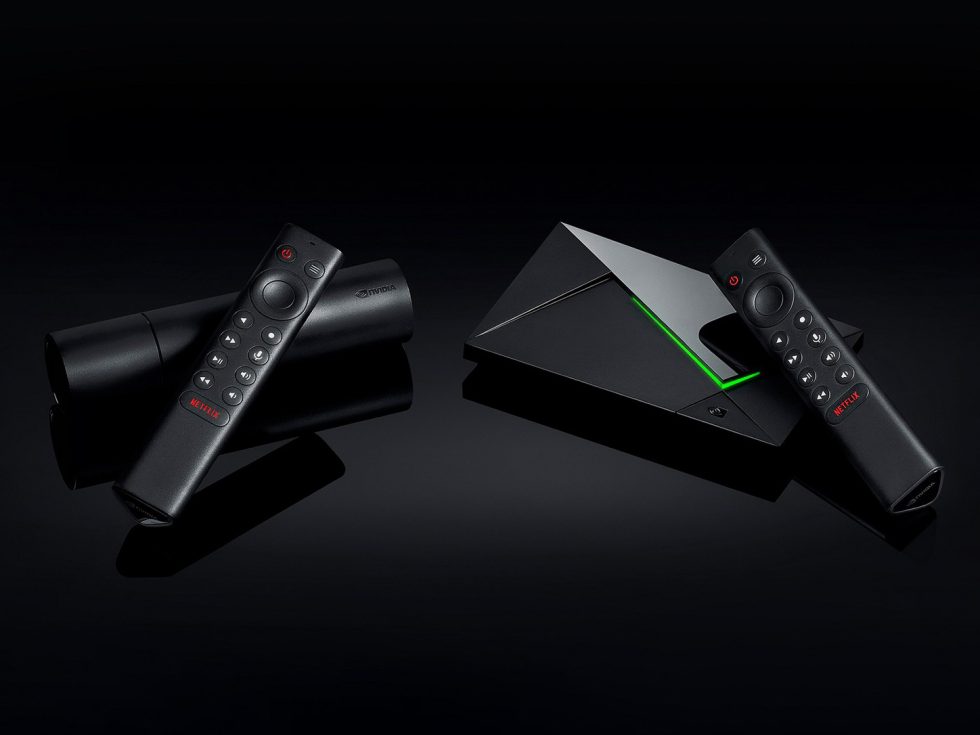Meet the new best Android TV device: The 2019 Nvidia Shield TV

The Shield TV and Shield TV Pro. [credit: Nvidia ]
Nvidia's Shield TV line has been providing Android TV's best set-top boxes since the first model debuted in 2015. The Shield TVs have been basically the only high-end Android TV devices on the market for their entire runs, standing as a stark contrast to the no-name junk-boxes that typically dominate the Android TV product selection. After the first-generation launch in 2015 and a second-generation version in 2017, Nvidia is launching two new third-generation Nvidia Shield TVs today, right on schedule, in 2019. The new Shields are faster and have a new remote, and one of them comes in a new form factor!
There are two devices to look at: the $149.99 Nvidia Shield TV and $199.99 Nvidia Shield TV Pro. Like 2017's Shields, Nvidia doesn't append any version numbers to the Shields, so these will be the called "2019 Editions." The $200 Pro device is same set-top-box design that Nvidia has been using for years, with an upgraded Nvidia Tegra X1+ SoC, 3GB of RAM, and 16GB of storage. The back, as usual, is loaded with ports: HDMI 2.0, two USB-A 3.0 ports, and for serious streaming power, wired Gigabit ethernet. 16GB is not a ton of storage, but you can plug any mass-storage device you want into the USB 3.0 ports, be it a flash USB stick or full-on hard drive, or you can connect to network attached storage. The 2017 Pro had a $300 SKU with 500GB of onboard storage, but it was discontinued last year, and a "high storage" SKU is not available on the 2019 version.
The cheaper Nvidia Shield TV has this crazy new form factor-it's... uh, a tube? The cheaper Shield is just a cylinder, with HDMI and microSD on the top and wired Gigabit Ethernet and power on the bottom. The device seems too big and heavy to be a self-supporting dongle, so Nvidia's product literature shows it sitting on the floor behind your TV furniture. It's like an in-line computer: you plug HDMI from the TV into the top, then power and (optionally) Ethernet into the bottom, then toss it behind your TV and forget about it.
Read 8 remaining paragraphs | Comments